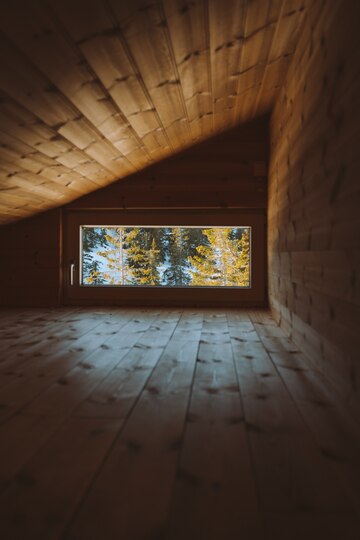When considering areas of your home susceptible to water damage, your attic may not immediately come to mind as a top concern. However, the level of risk depends on the contents of your attic.
Your attic could be a finished space with a bathroom, partially finished with HVAC systems, or simply housing ductwork. Previous articles in our series have addressed water damage prevention in other areas of the home, such as bathrooms, kitchens, laundry rooms, utility rooms, and basements.
Why Focus on the Attic?
The attic presents unique challenges, being closely connected to the roof and often the first place where roof-related issues manifest. A musty odor upon entering the attic is a telltale sign of potential water damage, indicating a problem that demands attention.
Inspecting Attic Vents
Ensure vents are securely attached to walls and the roof, addressing any looseness. Check for water stains or discoloration around vents, feeling for moisture. Clear any debris like leaves or nests obstructing vents. Examining Attic Pass-Through Points
Inspect chimney, whole-house fan, plumbing vent pipes, and skylights for damage. Check flashings and sealants, looking for signs of water intrusion or deterioration. Repair any cracks or holes allowing daylight through, either DIY or with professional assistance. Assessing Attic Insulation
Visually and manually inspect insulation for dryness and fluffiness. Compare insulation near eaves and soffits with that in the middle of the attic, noting any differences in flatness. Ensure insulation doesn\’t cover soffit vents, allowing for proper airflow. Beware of Unwanted Visitors
Listen for sounds of animals in the attic, which can create entry points for water and moisture. Address any animal intrusion promptly to prevent water damage. By diligently inspecting and maintaining your attic, you can mitigate the risk of water damage and ensure the longevity of your home\’s structure.

